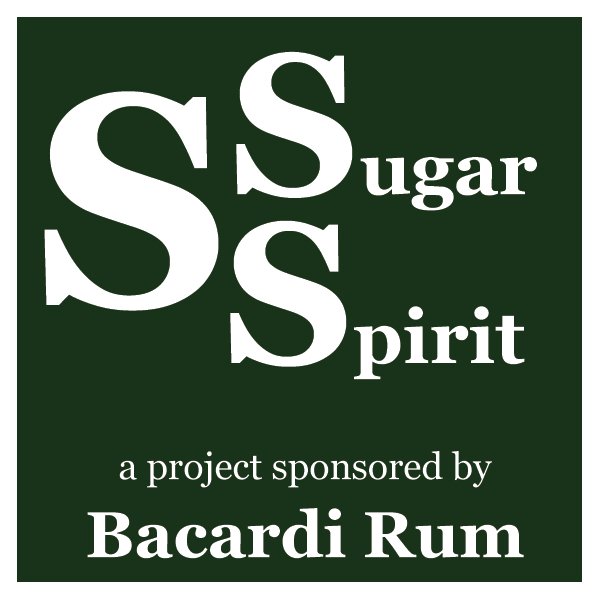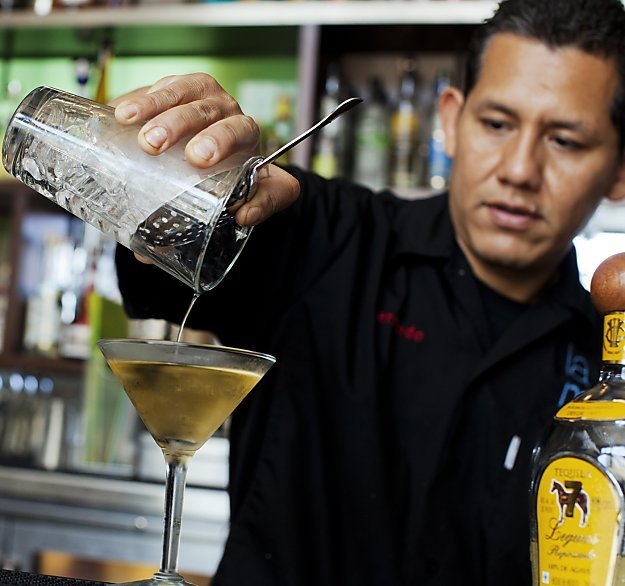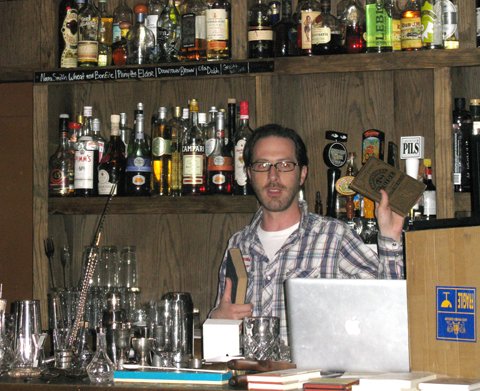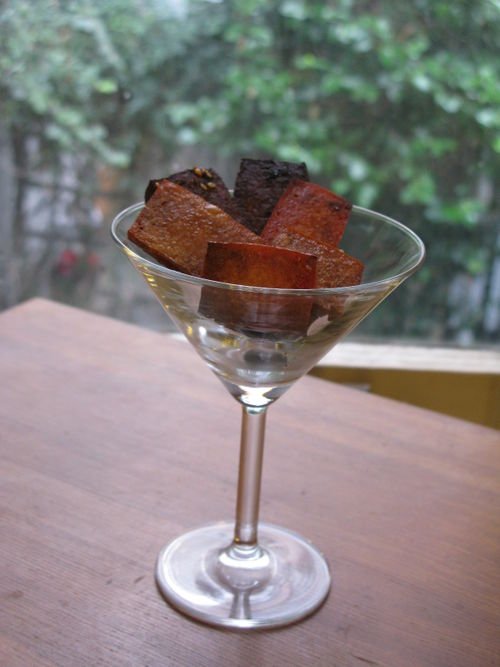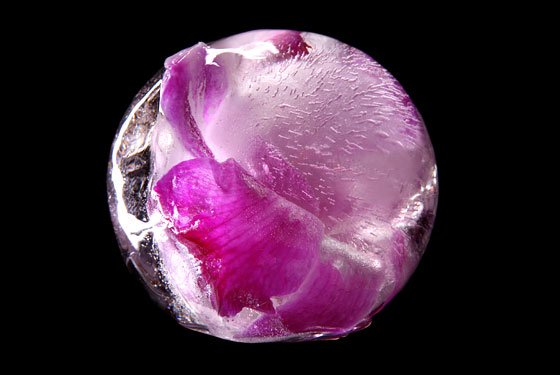 In the continuing study of sugar, today we'll look at how sugar is made today.
In the continuing study of sugar, today we'll look at how sugar is made today.
According to Sugar.org, this is how sugar is made from either beets or cane.
For sugar cane:
❧ Grinding the cane to extract the juice;
❧ Boiling the juice until the syrup thickens and crystallizes;
❧ Spinning the crystals in a centrifuge to produce raw sugar;
❧ Shipping the raw sugar to a refinery where it is,
❧ Washed and filtered to remove remaining non-sugar ingredients and color; and
❧ Crystallized, dried and packaged.Beet sugar processing is similar, but it is done in one continuous process without the raw sugar stage. The sugar beets are washed, sliced and soaked in hot water to separate the sugar-containing juice from the beet fiber. The sugar-laden juice is purified, filtered, concentrated and dried in a series of steps similar to sugar cane processing.
The below illustration I took from the pamphlet on Sugar.org called "How Well Do You Know Sugar?" located at this link.
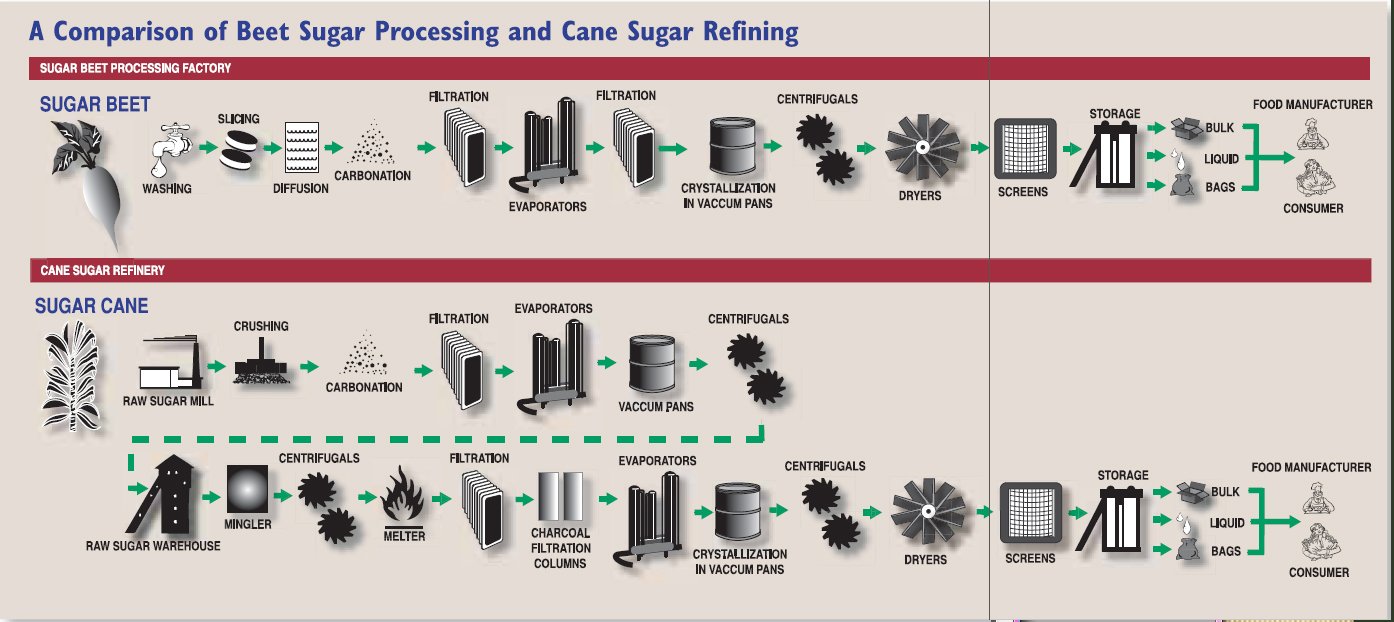
(Click for larger size pop-up. Image property of Sugar.org.)
The Sugar Spirit Project is sponsored by Bacardi Rum. Content created and owned by Camper English for Alcademics. For the project index, click on the logo above or follow this link.

